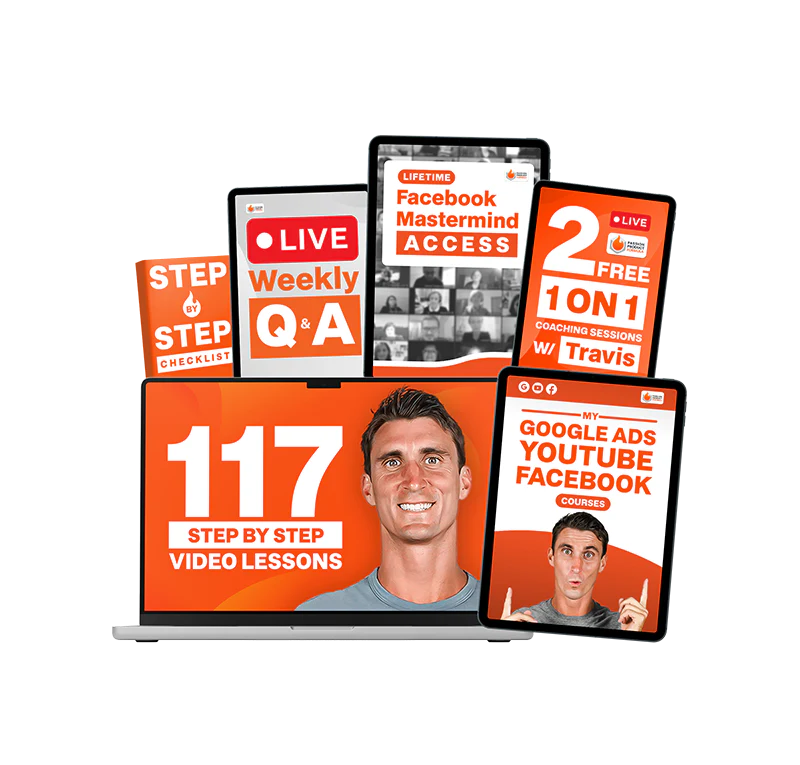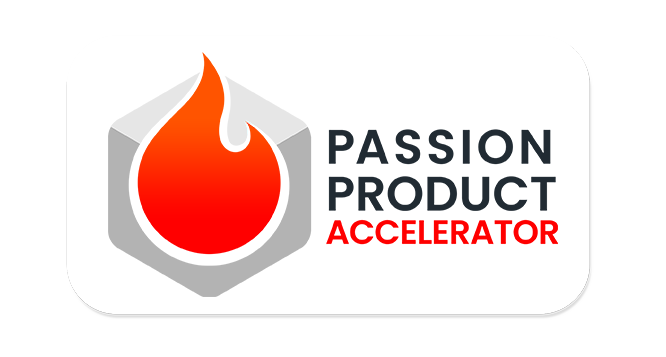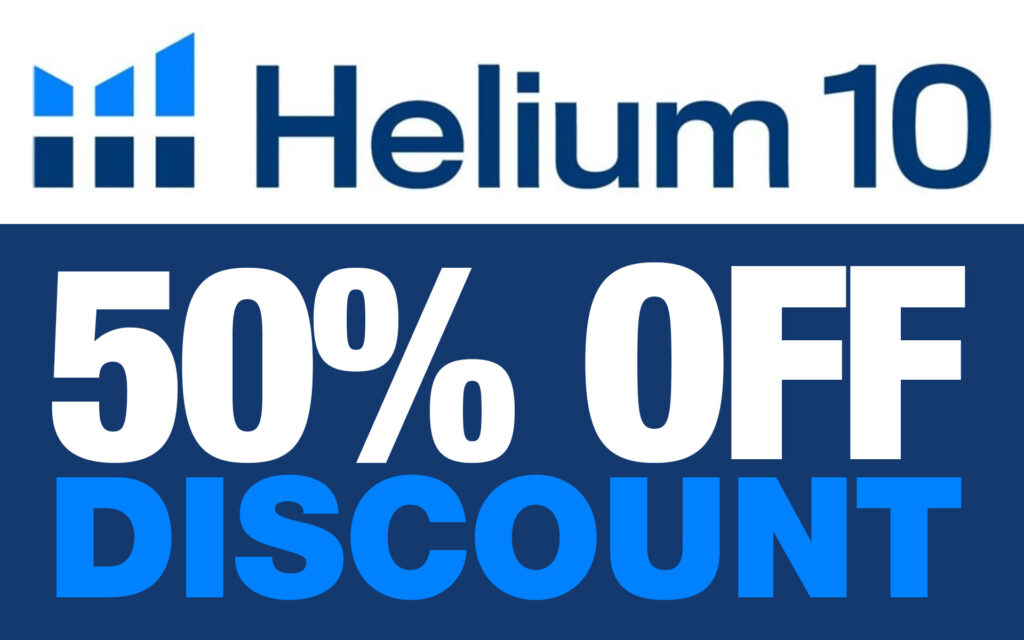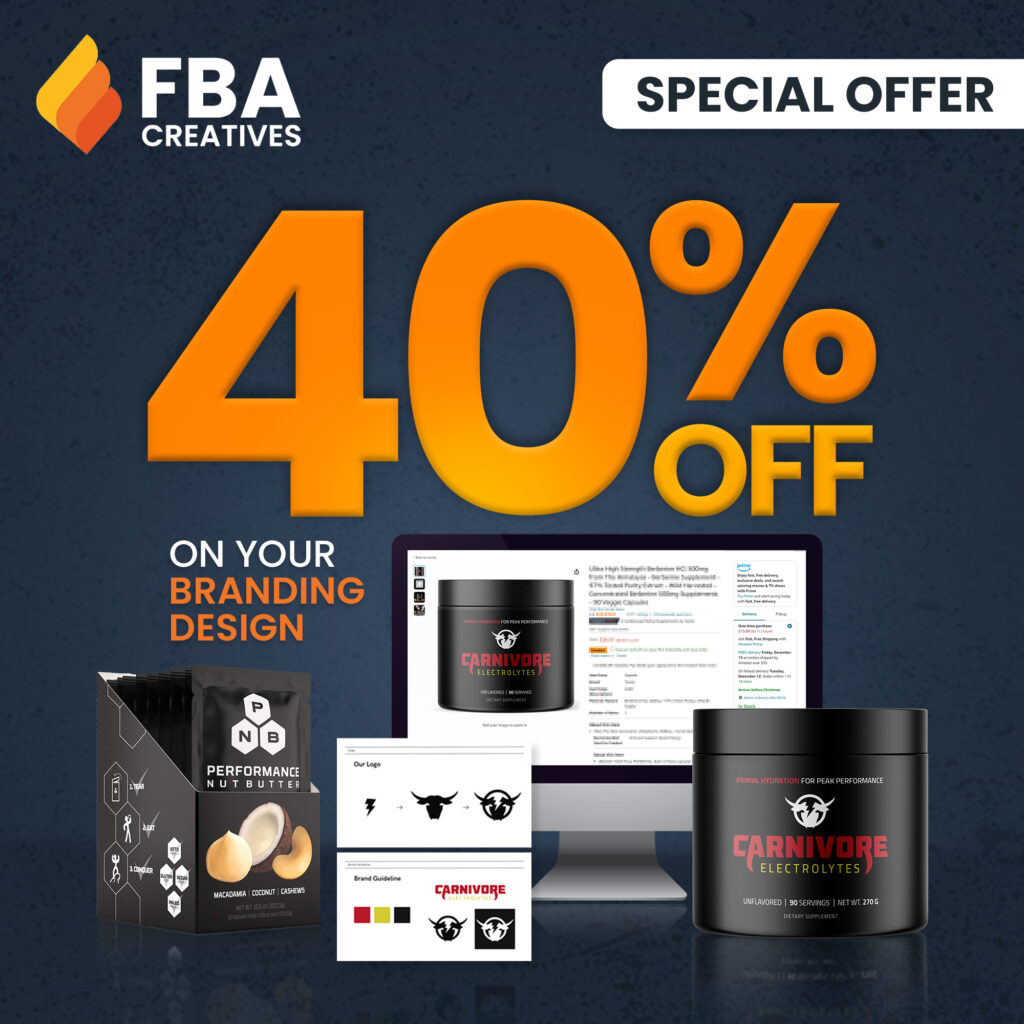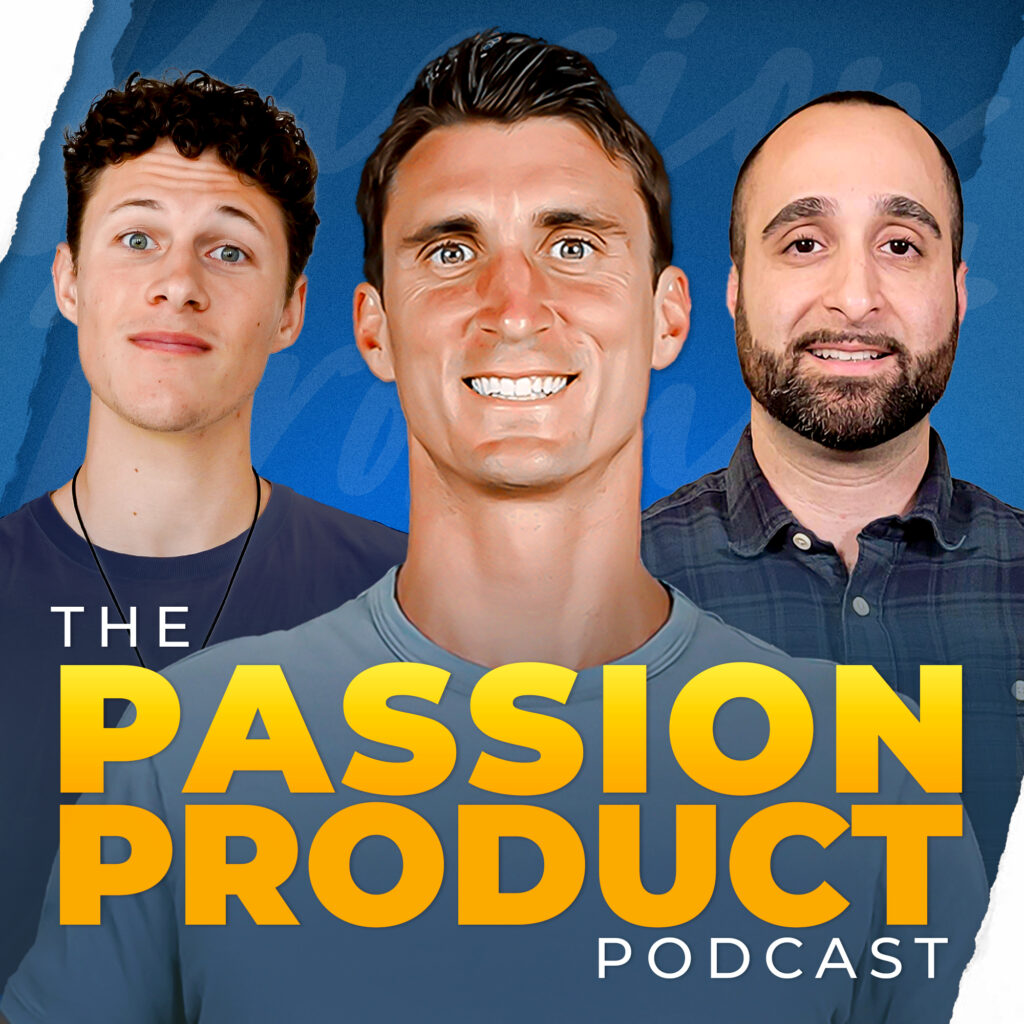When Eman left the unpredictable world of real estate, he didn’t have a warehouse, an MBA, or years of eCommerce experience. What he did have was a hunger for stability, a few thousand dollars in savings, and a passion for keeping his sneakers clean. Today, he runs multiple successful Amazon FBA brands, generates millions in revenue, and acquires underperforming businesses to scale them into thriving ones.
But the road wasn’t smooth. He started small, made mistakes, learned fast, and doubled down on what worked. His journey mirrors the exact steps taught in the Passion Product Formula—a proven system designed to help beginners launch real brands on Amazon. In this article, we’ll break down how he did it and show how you can build your own Amazon FBA business—even if you’re starting from scratch.
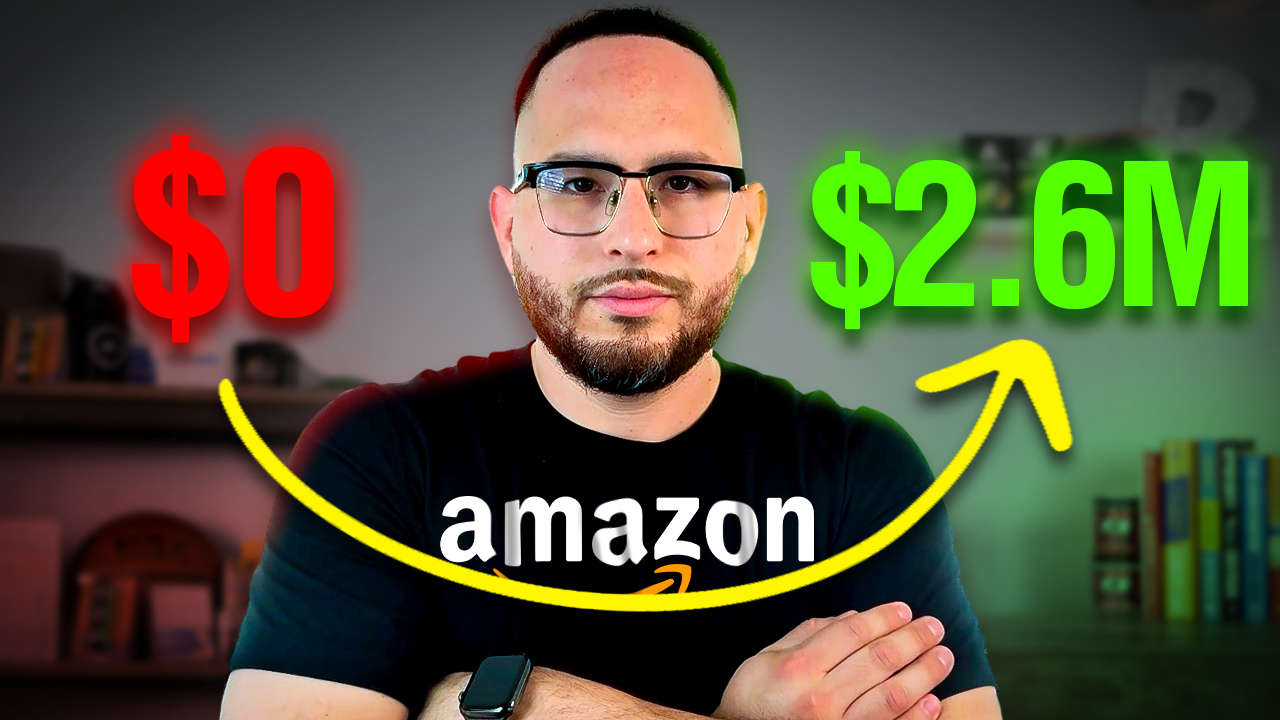
- Eman’s Amazon FBA Journey – Year by Year Growth
- Mistakes to Avoid When Selling on Amazon FBA
- How Eman Scaled His Brand with Advertising
- From Amazon FBA Seller to Buying Amazon Brands
- Is It Too Late to Start Amazon FBA in 2025?
- Get Started on Amazon FBA with The Passion Product Formula
- Your Amazon FBA Success Story Starts Now
- Frequently Asked Questions (FAQs)
Eman’s Amazon FBA Journey – Year by Year Growth
Every successful brand has a beginning. For Eman, that beginning was filled with uncertainty, self-education, and a willingness to take action—even when the outcome wasn’t guaranteed. He didn’t wait for the perfect idea or the perfect moment. Instead, he focused on progress. Year after year, he reinvested into his business, refined his strategies, and expanded into new product lines and acquisitions. Let’s break down how it all unfolded.
Starting with What You Know
Eman’s first product wasn’t chosen from a trend report or suggested by an algorithm—it came from his own life. As someone who collected sneakers, he often looked for ways to keep them in top shape. That insight led him to launch a shoe cleaning kit tailored specifically to sneakerheads.
By targeting a community he already belonged to, he understood their needs better than any generic seller could. This deep connection allowed him to create a product, brand, and marketing message that felt authentic and relatable. His customers weren’t just buying a cleaner—they were buying from someone who got them.
Building a Brand That Stands Out
Eman didn’t stop at having a useful product—he elevated it with branding. From day one, he approached his Amazon listing like a storefront, not just a product page. Every element—from the product photography to the logo—was designed to connect with his ideal customer.
Where most sellers blended into the crowd, Eman’s listing popped. He focused on visual identity, crafted a strong brand voice, and built trust through consistent messaging. These small but strategic details helped him rise above the competition and build loyalty that lasted beyond the first purchase. If there’s one takeaway here, it’s this: on Amazon, your brand is everything. Customers are looking for more than just a solution—they want a story, a vibe, and a reason to believe in what you’re selling.
Mistakes to Avoid When Selling on Amazon FBA
Every entrepreneur faces challenges, but the most successful ones turn mistakes into momentum. Eman’s journey wasn’t without setbacks, and some of the lessons he learned came at a high cost. Still, they were pivotal in shaping the seller he is today. These mistakes are surprisingly common among new Amazon FBA sellers—and avoiding them can give you a massive head start in your own journey.
Misjudging Amazon FBA Fulfillment Costs
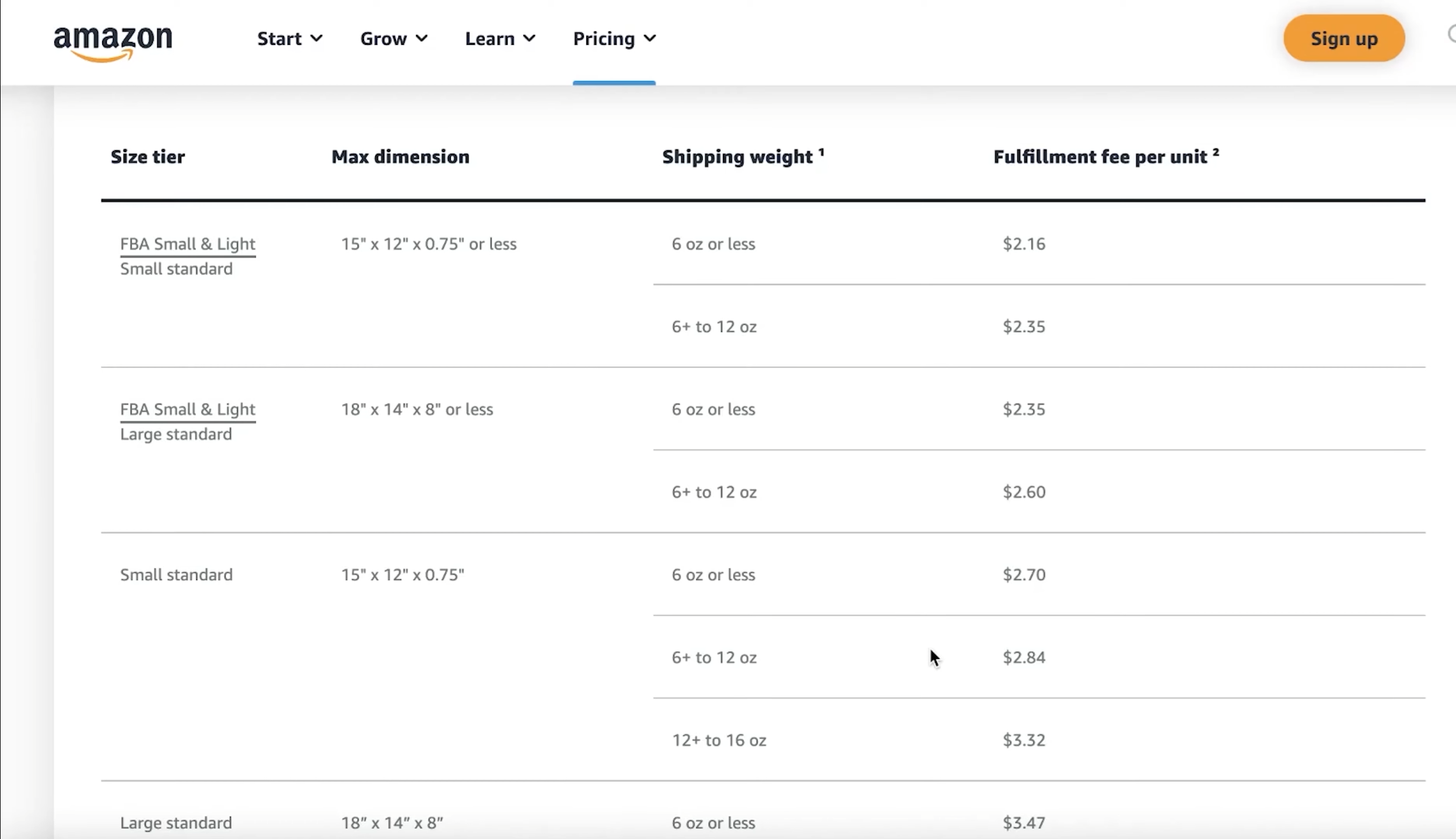
One of Eman’s earliest and most avoidable mistakes was overlooking the hidden costs tied to fulfillment. His first product—a shoe cleaning kit—came in an 8 oz. bottle. His supplier, trying to be generous, filled the bottles completely. At a glance, this seemed like a great bonus for the customer, but it backfired once Eman realized the product now fell into a more expensive shipping tier on Amazon due to the increased weight and size.
Fulfillment costs on Amazon can significantly cut into your profit margin if you’re not careful. A few extra grams or centimeters might seem harmless, but when scaled across thousands of units, they can cost you thousands. To avoid this, you need to optimize your product packaging not just for branding, but for logistics.
Running Out of Stock
Another hard lesson came when Eman’s product gained traction and earned the Amazon’s Choice badge. This was a turning point. Sales exploded, rankings climbed, and brand visibility soared. But with all that momentum came a serious problem: his inventory couldn’t keep up. He ran out of stock just as things were taking off—and lost the badge as a result.
Running out of inventory on Amazon does more than halt sales. It can completely stall your ranking progress, eliminate trust with customers, and undo months of effort. Once Eman restocked, the listing never regained the same visibility, even with increased ad spend. This mistake likely cost him more than he initially made. Staying in stock isn’t just about logistics—it’s a growth strategy. If you’re running ads or gaining organic traction, having inventory ready ensures that all your efforts continue compounding instead of collapsing.
Not Protecting Your Amazon FBA Brand Early On
As Eman’s brand grew, so did his visibility—and that led to a legal challenge he hadn’t anticipated. One of his early brand names eventually ran into trademark issues. Even though the conflict came from another industry, the overlap was enough to trigger a dispute. The end result? He had to change his brand and deal with legal costs and lost momentum.
This experience revealed something many new sellers overlook: brand protection isn’t optional. It’s tempting to move quickly, especially when you’re excited about a new product. But if you don’t secure your brand early—through trademarks, proper naming, and clear differentiation—you’re leaving yourself exposed.
To protect your brand from the start, make sure to:
- Check the USPTO database to confirm your name isn’t already trademarked.
- Secure your brand name on all major platforms, including social media.
- Apply for Amazon Brand Registry once your trademark is filed or registered.
Taking these steps doesn’t just protect your business legally—it also helps you build brand equity, access enhanced tools on Amazon, and earn customer trust.
How Eman Scaled His Brand with Advertising
Once Eman validated his product and built a brand that resonated with customers, his next challenge was scaling. He knew organic sales alone wouldn’t get him to the next level. To truly grow on Amazon, he needed to master advertising. Rather than treating ads like an afterthought, he used them as a strategic growth lever—testing, refining, and reinvesting until he unlocked serious momentum.
Learning Amazon PPC
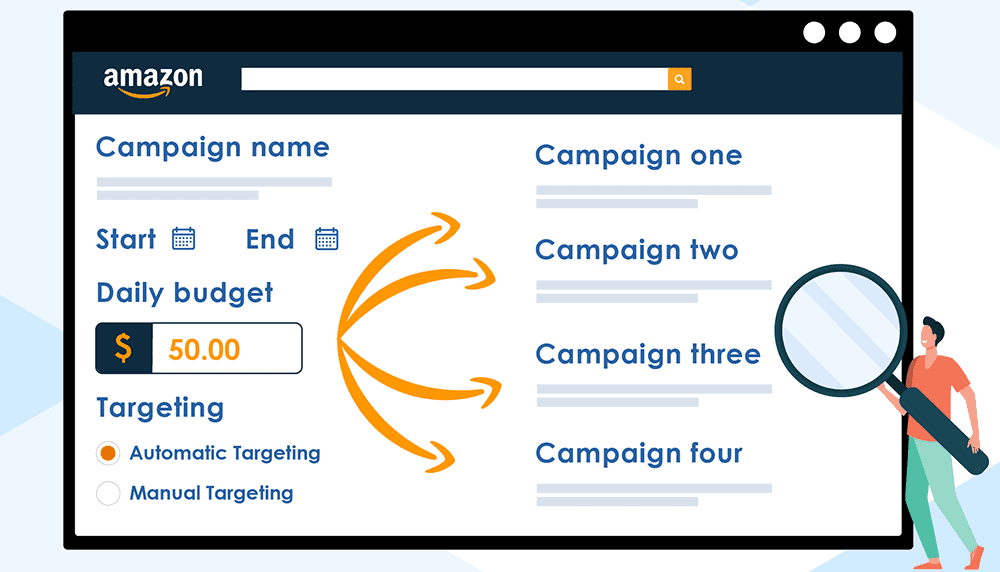
At first, Eman was cautious with pay-per-click (PPC) advertising. Like most beginners, he wasn’t sure how to track success or set up campaigns correctly. But he quickly saw that PPC wasn’t just about spending—it was about learning. Each click revealed which keywords were working and how customers were searching on Amazon.
To scale efficiently, Eman started with auto campaigns, then moved to manual targeting based on real data. He used negative keywords to block poor traffic and reviewed performance weekly to cut waste. Over time, this strategy turned PPC into a powerful profit driver—not just a cost, but a key part of his growth.
Using Sponsored Brands for Visibility
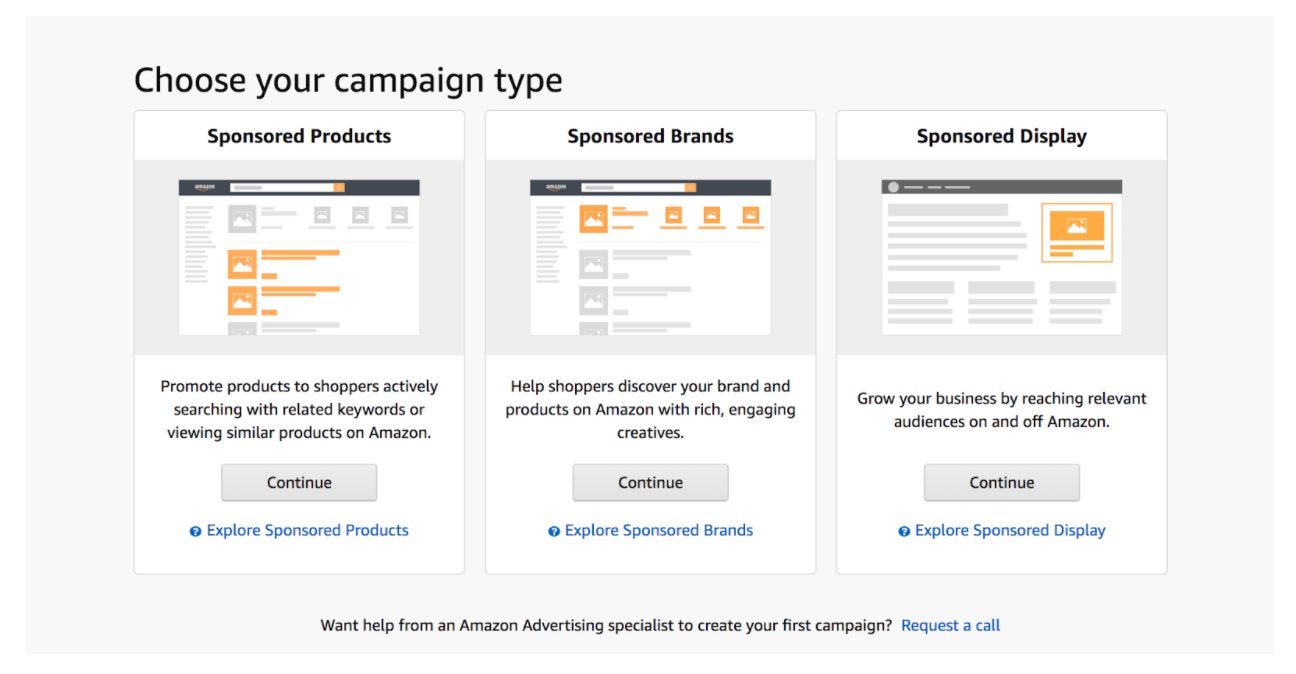
Once Eman was comfortable with Sponsored Products, he moved into Sponsored Brands. These banner-style ads appear at the top of search results and are perfect for showcasing a full product line. For Eman, this was a way to reinforce his brand identity and increase brand recognition with every search.
Rather than driving traffic to a single listing, Sponsored Brands allowed him to create a custom landing page that highlighted multiple products under the same brand. This not only increased cross-sells but also helped build customer trust. Shoppers saw him as a brand—not just a seller—something that set him apart from competitors. This approach worked particularly well when launching complementary products. Instead of starting from scratch each time, Eman leveraged his existing audience and brand presence to boost new product performance from day one.
Enhancing Listings with Premium A+ Content
Beyond paid traffic, Eman also focused on increasing conversion rates. One of the most effective tools he used was Premium A+ Content, which Amazon makes available to Brand Registered sellers. Unlike standard product descriptions, Premium A+ lets sellers include rich visuals, detailed feature callouts, comparison charts, and branded content blocks.
Eman used this feature to tell a story—about the product, the problem it solves, and the lifestyle it supports. He knew that strong branding wasn’t just about ads—it was about how the product looked, felt, and connected with the shopper. With Premium A+ Content, Eman increased both trust and conversion rates. His listings looked polished, professional, and far more compelling than competitors using basic copy. For customers deciding between two similar products, the difference in presentation often sealed the deal.
From Amazon FBA Seller to Buying Amazon Brands
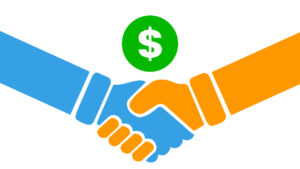
After building multiple successful products from the ground up, Eman began to realize something powerful: instead of launching every brand from scratch, he could acquire underperforming Amazon FBA businesses and scale them quickly. This shift didn’t replace his passion for building—it simply gave him a shortcut. By identifying brands with untapped potential, he was able to fast-track growth while leveraging everything he had already learned.
Why Eman Started Buying Brands
At a certain point, launching new products began to take longer, require more research, and introduce more risk. Eman saw that many sellers were eager to exit their businesses—often because they lacked time, advertising skills, or vision for scale. These brands weren’t broken; they were simply under-optimized.
Buying a business with proven demand, positive reviews, and decent margins gave Eman a strong foundation. He could then apply his advertising expertise, update the branding, and streamline operations to boost performance. For him, acquisitions became a smart way to grow faster with less guesswork.
What He Looks For in an Acquisition

Eman doesn’t buy randomly. Over time, he developed a simple but effective checklist for evaluating potential purchases. He looks for three main things:
- Strong Profit Margins: A healthy margin gives him flexibility to invest in ads, improve packaging, and hire help without cutting into profits.
- Low Ad Spend: If a brand is generating most of its sales organically, that’s a sign there’s room to grow using PPC—something he excels at.
- Brand Potential: He wants to see a product that people could connect with emotionally. If customers search by brand name or mention it in reviews, that’s a good sign.
These three factors help him separate great opportunities from risky ones. Instead of chasing cheap deals, he looks for brands he knows he can scale.
How He Scales a Business After Buying It
Once the deal is done, Eman wastes no time. He first dives into the brand’s advertising campaigns and listings. In many cases, the original seller had low daily ad budgets or outdated listings. Even a simple change—like increasing the daily ad spend or rewriting bullet points—can double sales almost immediately.
He also applies everything he learned from building his own brands: improving packaging, adding Premium A+ Content, and creating new product variations. Over the following months, he monitors performance closely and makes incremental improvements to every part of the business. Because he’s already done this before, he’s able to move fast. Instead of spending six months validating an idea, he starts with momentum and builds from there.
Is It Too Late to Start Amazon FBA in 2025?

Every year, people ask the same question: “Is it too late to start on Amazon?” And every year, the answer remains the same—absolutely not. While the platform has grown more competitive, it has also evolved in ways that make it more accessible to serious entrepreneurs. Eman hears this concern often, and based on his own experience, he’s confident that the opportunity is still wide open for anyone willing to learn and commit.
The “Saturated Market” Myth
When people say Amazon is saturated, what they really mean is that it’s full of generic products. It’s true—many sellers launch copycat items with no differentiation, no branding, and no real customer connection. These listings blend into the crowd and quickly fade away. But that’s not saturation. That’s simply bad business strategy.
Eman believes real opportunity lies in solving problems better than anyone else. If your product is designed with a specific customer in mind and you know how to speak their language, you’re already ahead of 90% of the competition. The market isn’t too crowded—it’s just full of sellers who aren’t doing the basics right.
There’s Still Room for Newcomers
Amazon isn’t just for big brands and early adopters. In fact, third-party sellers still account for a huge percentage of Amazon’s revenue—and many of them started with one product and no prior experience. The ecosystem supports new entrants more than ever, offering a wide range of tools, resources, and even customer feedback loops to help you improve as you grow.
Eman often reminds people that he didn’t start with connections or capital. He started with an idea, a willingness to learn, and a mindset built on patience and progress. That’s all you need to begin. The barrier to entry isn’t as high as you think—it’s the belief that you’ve already missed your shot that holds most people back.
Why 2025 May Be the Best Year for Amazon FBA
Believe it or not, 2025 may be one of the best years to launch an Amazon brand. After the pandemic boom, many low-effort sellers exited the platform, and aggregators that once inflated the market have scaled back. The noise has quieted, and quality now stands out more than ever.
Amazon’s tools have also matured. Brand Registry unlocks A+ Content, Sponsored Brands, and more. PPC has become smarter and more customizable. And customers are becoming more intentional about their purchases—they want real value, not just cheap knockoffs. This shift rewards sellers who take the time to build a brand, create helpful content, and serve a specific niche.
The Key for Amazon FBA Is Long-Term Thinking
If you’re looking to make a quick buck, Amazon might disappoint you. But if you treat it like a real business, with a focus on solving problems and creating great customer experiences, the rewards can be massive. Eman’s story proves that. His long-term approach—combined with constant learning and reinvestment—is what allowed him to scale to multiple seven-figure brands.
Success on Amazon isn’t about finding a loophole. It’s about building something better than what already exists. The sellers who thrive in 2025 and beyond will be the ones who focus on community, trust, and brand—not just on products and profits.
Get Started on Amazon FBA with The Passion Product Formula
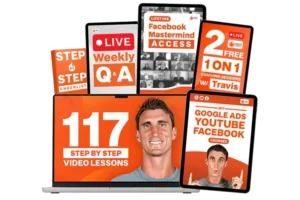
Eman’s story is proof that building a brand around something you care about leads to more sustainable and enjoyable success. He didn’t chase random trends. He solved a problem he personally understood. That’s exactly the approach taught in the Passion Product Formula—a step-by-step system designed to help you launch a real brand, not just a product, and stand out on Amazon from day one.
Why Passion Beats Trends
It’s tempting to pick a product just because it’s trending or has low competition. But products with no personal connection often lead to burnout, weak branding, and poor marketing. When you’re passionate about what you’re selling, everything becomes easier—you understand your customer better, you speak their language, and you care enough to make the product great.
The Passion Product Formula encourages you to start with what you already love or use. That emotional connection gives you a deeper reason to stick with your business through the inevitable ups and downs. And when your product is tied to a real passion, your marketing becomes storytelling—not selling.
What the Formula Covers
The Passion Product Formula breaks down the Amazon journey into clear, beginner-friendly steps. It’s not about shortcuts—it’s about clarity, focus, and building the right habits from the beginning. Whether you’re starting from scratch or refining an idea, this method meets you where you are.
The formula walks you through:
- Validating your idea with real demand data
- Creating a product that actually solves a problem
- Finding reliable manufacturers and negotiating confidently
- Designing a brand that connects with your target audience
- Launching on Amazon with optimized listings and PPC campaigns
Each stage builds on the next, helping you move from concept to cash flow without wasting time on guesswork.
How It Compares to Other Amazon FBA Courses
Unlike many Amazon FBA courses that focus purely on finding “winning products,” the Passion Product Formula emphasizes long-term brand-building. It doesn’t push get-rich-quick tactics. Instead, it teaches how to build an asset—something that customers come back to and that you can eventually sell or scale.
Eman didn’t just make one good product. He built brands that customers recognized, trusted, and recommended. That kind of growth doesn’t come from hacks—it comes from strategy. And that’s exactly what this formula is built to deliver.
The Best Time to Start Amazon FBA is Now
If you’ve been waiting for the perfect moment to start, this is it. You don’t need a massive budget or a revolutionary idea. You need a product you believe in, a proven system to follow, and the willingness to put in the work. The Passion Product Formula gives you the roadmap—and the confidence—to take the first step. Just like Eman did, you can turn something you care about into something that changes your life.
Your Amazon FBA Success Story Starts Now
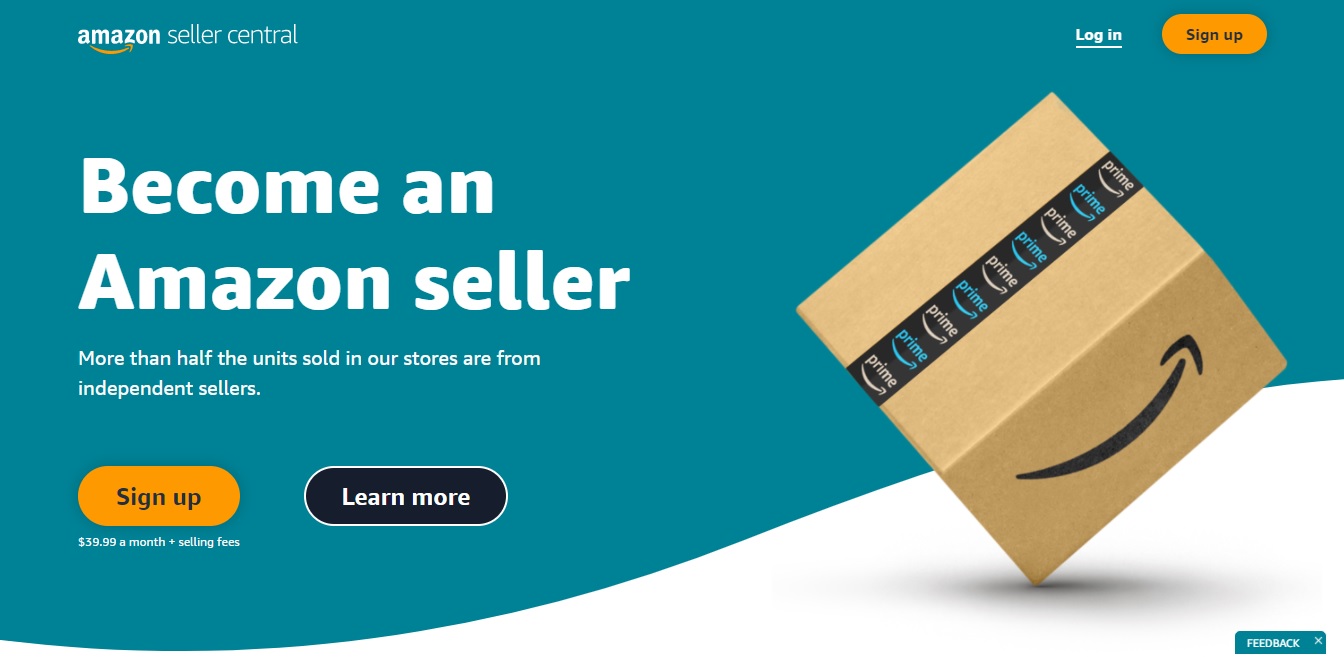
Eman’s journey is more than just a success story—it’s a blueprint for what’s possible. He didn’t start with special connections, a huge investment, or insider knowledge. He started with a product he believed in, learned as he went, and stayed committed through every obstacle. Today, he runs multiple brands, acquires businesses, and continues to grow—all because he took that first leap.
You don’t need to reinvent the wheel or wait for the perfect idea. The path to building your own Amazon FBA brand has already been paved by people like Eman. The tools are in front of you. The customers are already on Amazon. The only thing missing is your product—your story. Whether you’re dreaming about your first sale or ready to launch your next brand, the best thing you can do is start. With the Passion Product Formula, you’ll have a clear, proven process to guide you every step of the way. The next success story could be yours.
Frequently Asked Questions (FAQs)
1. How much do I need to start an Amazon FBA business?
It depends on your product and goals, but many sellers start with a few thousand dollars. Focus on smart spending, especially on inventory and branding, and follow a proven system like the Passion Product Formula to avoid costly mistakes.
2. Is Amazon FBA still profitable in 2025?
Yes, it’s still very profitable. Amazon continues to grow, and most sales still come from third-party sellers. Success now comes from offering better products, stronger branding, and real customer value.
3. Do I need to be an expert to succeed with FBA?
No experience is necessary. With the right guidance, anyone can learn. A step-by-step system like the Passion Product Formula makes it much easier to launch confidently.
4. What if I already have a product idea?
That’s a great start. The key is validating demand and improving the offer. With the right positioning and strategy, your idea can stand out in the marketplace.
5. Should I launch a brand or buy one?
Both are great options. If you have more time than money, launch from scratch. If you want to grow faster and have some capital, buying a brand can speed things up.


